Quell Sprinkler System: The Best Fire Protection for Cold Storage Facilities
Source: Tyco Fire Protection ProductsMany food distribution warehouse owners rely on a proven “ceiling only” fire protection system designed specifically for cold storage facilities. The Quell™ Fire Sprinkler System (K17), developed in 2006, has quickly become an industry standard for cold storage warehouses — and for good reason.
Continue Reading “Quell Sprinkler System: The Best Fire Protection for Cold Storage Facilities”



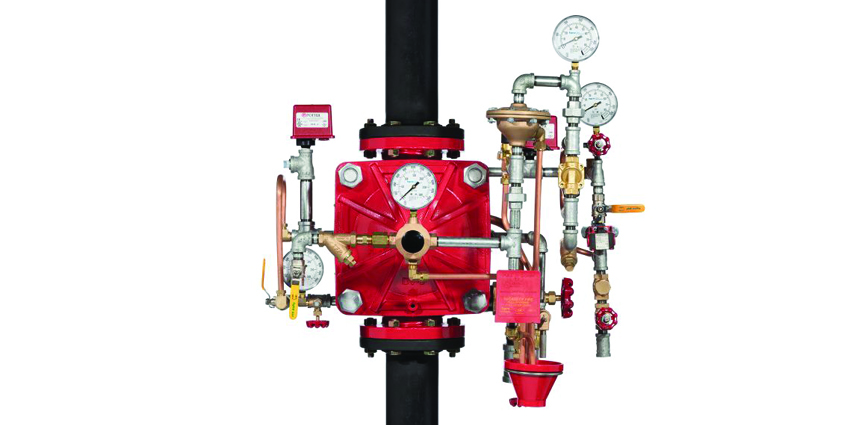
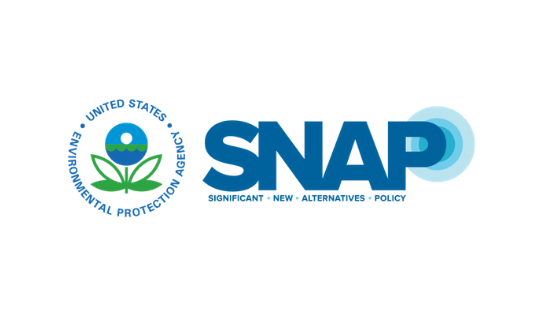

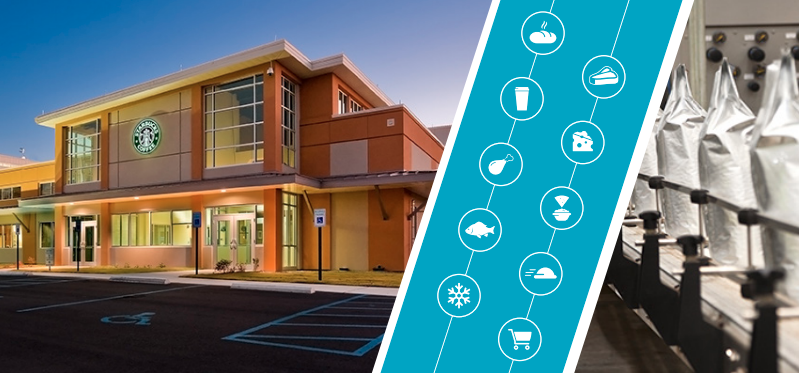
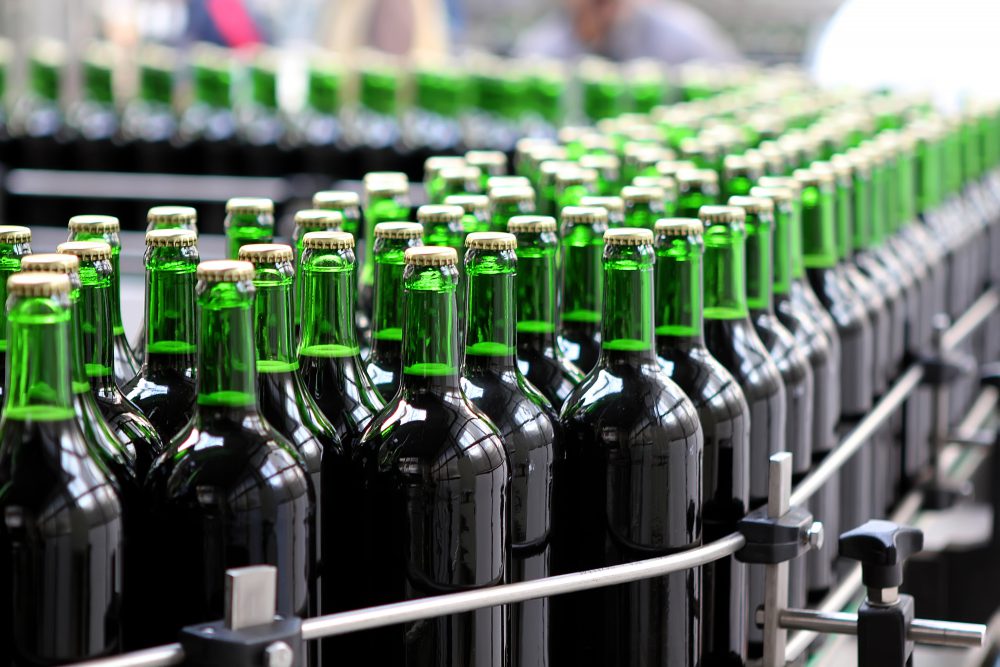
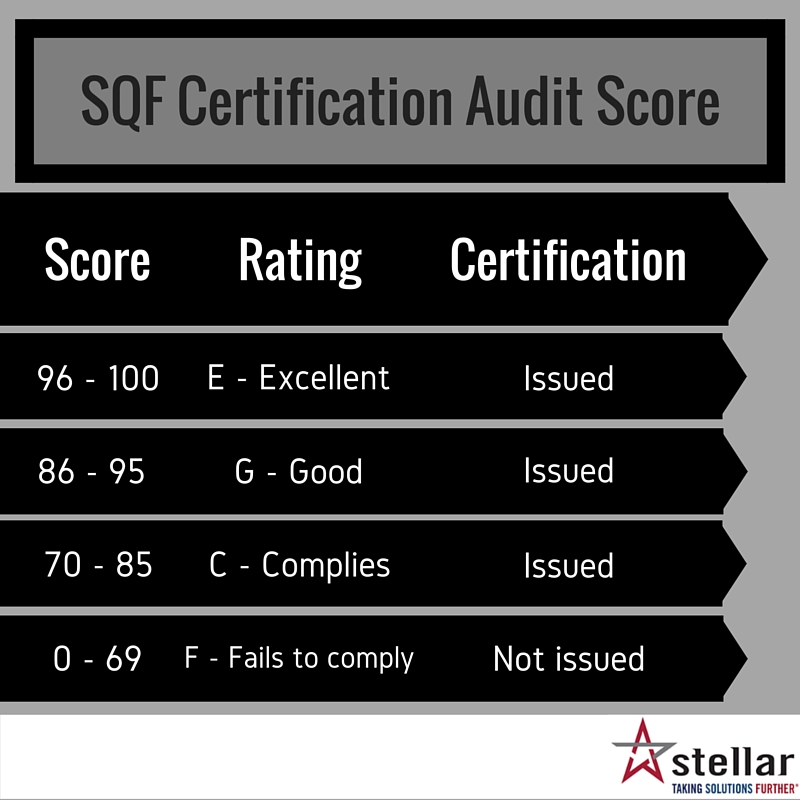
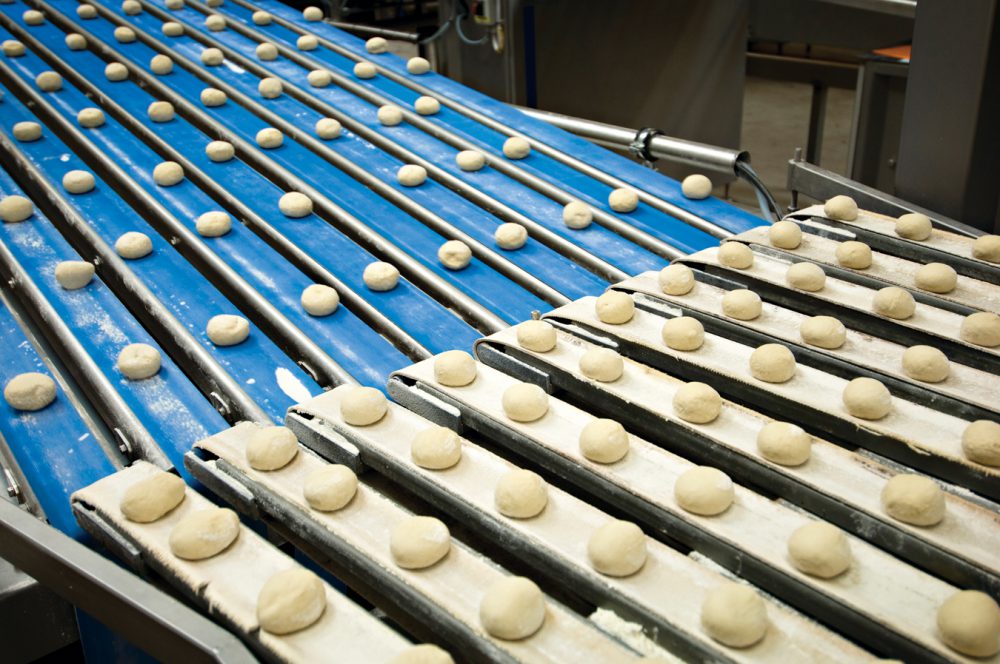

![[Infographic] Factors That Influence Cold Storage Warehouse Cost Savings](https://stellarfoodforthought.net/wp-content/uploads/2015/09/Infographic-Factors-That-Influence-Cold-Storage-Warehouse-Cost-Savings.png)
